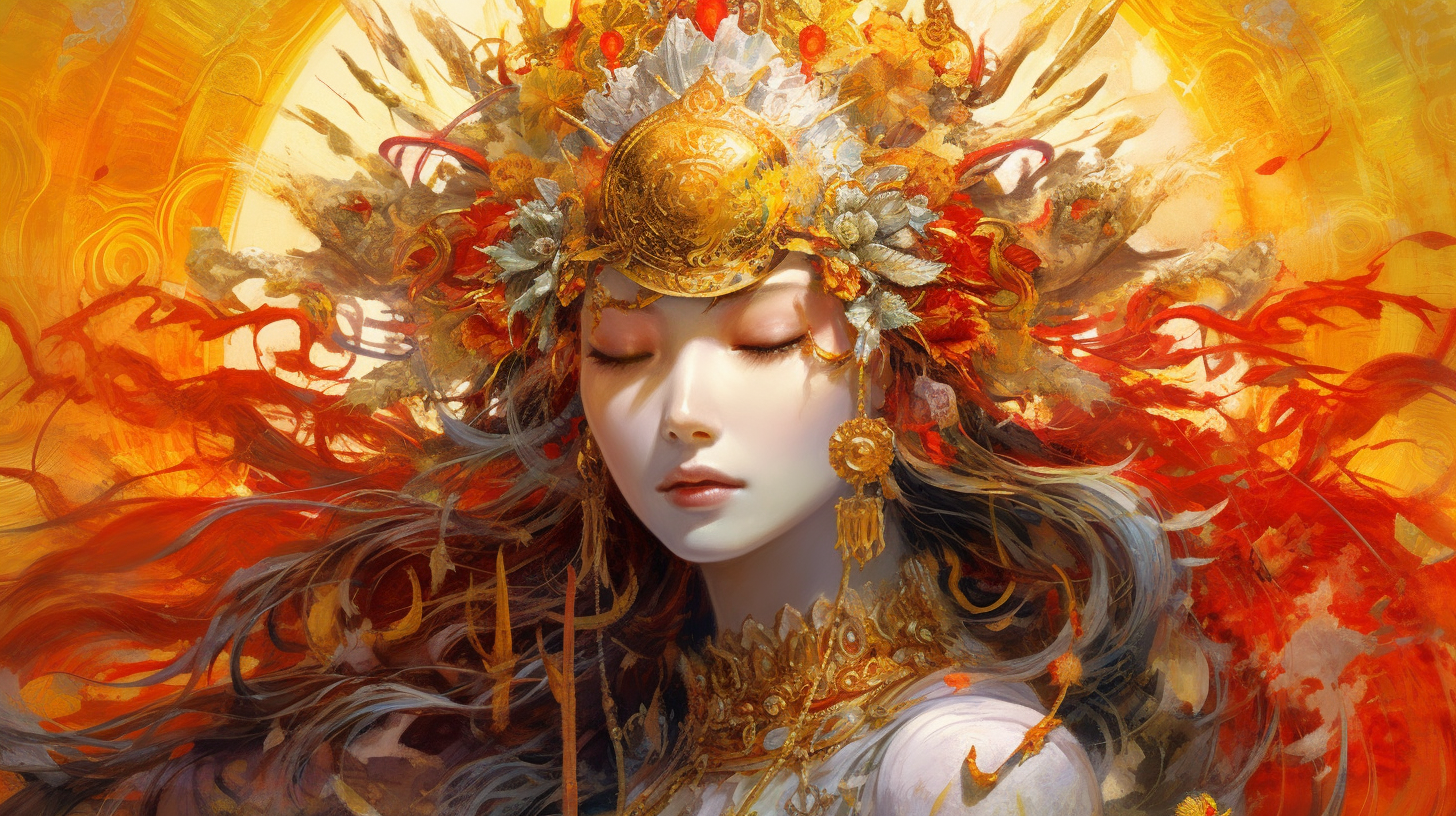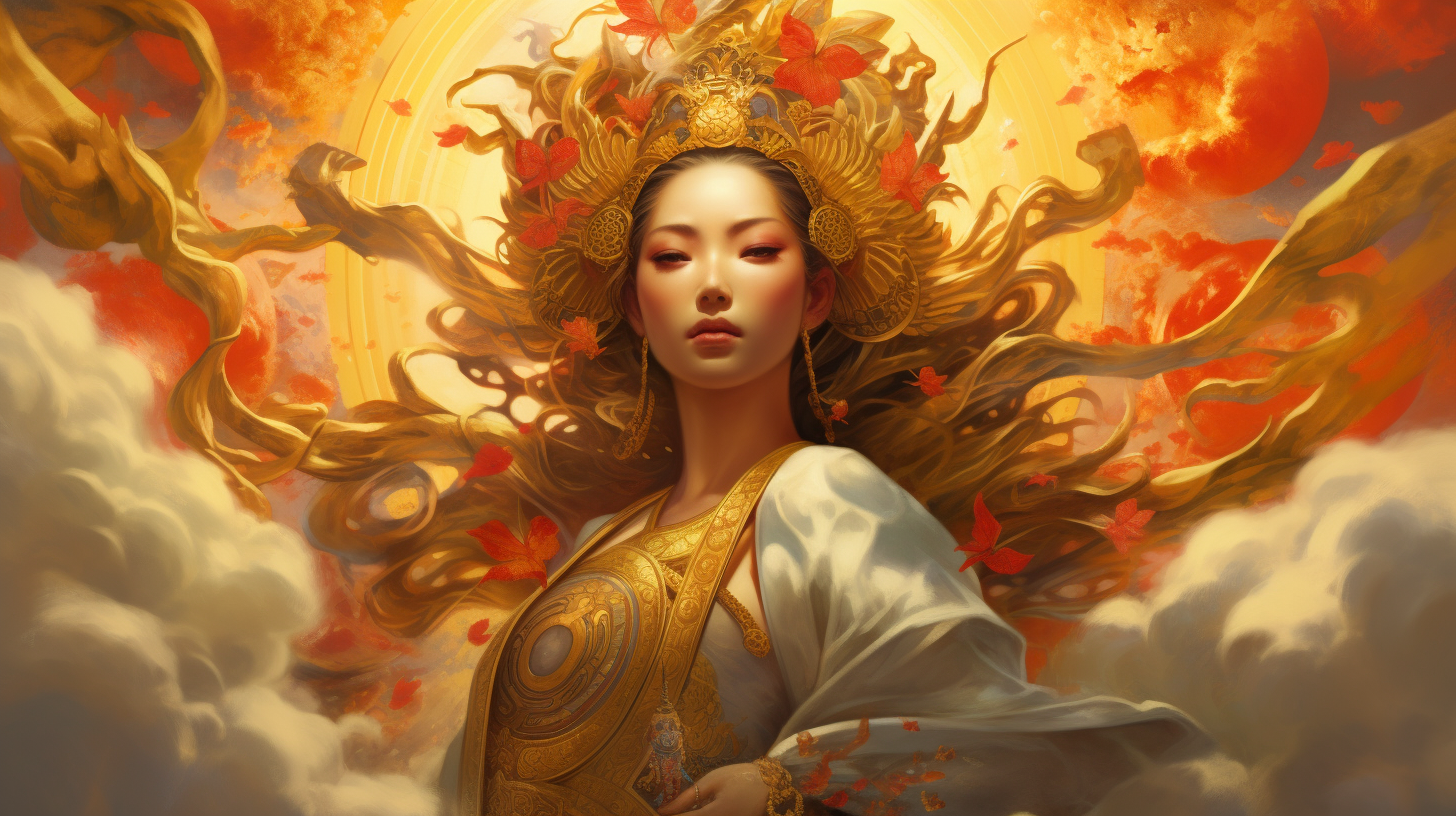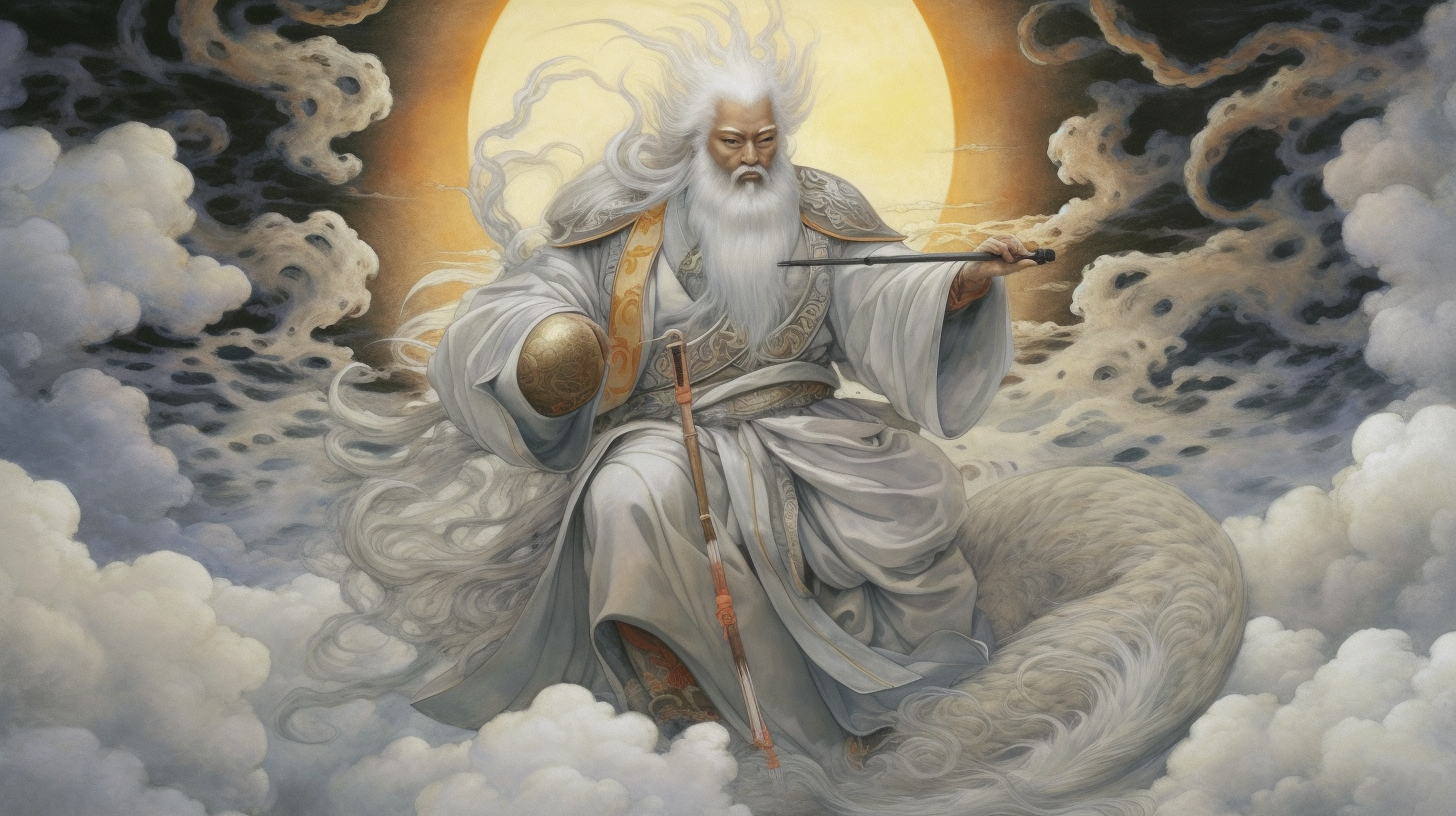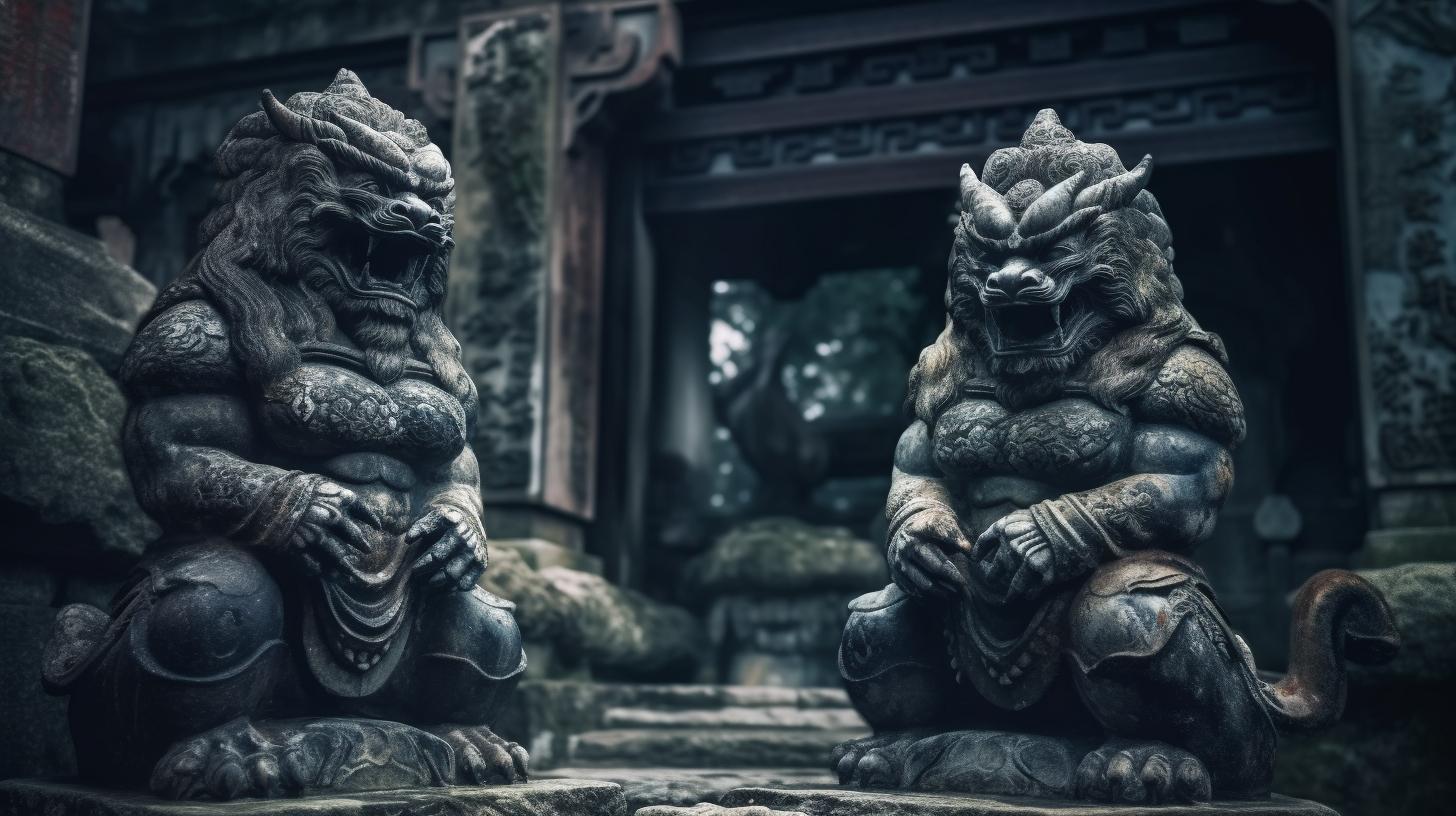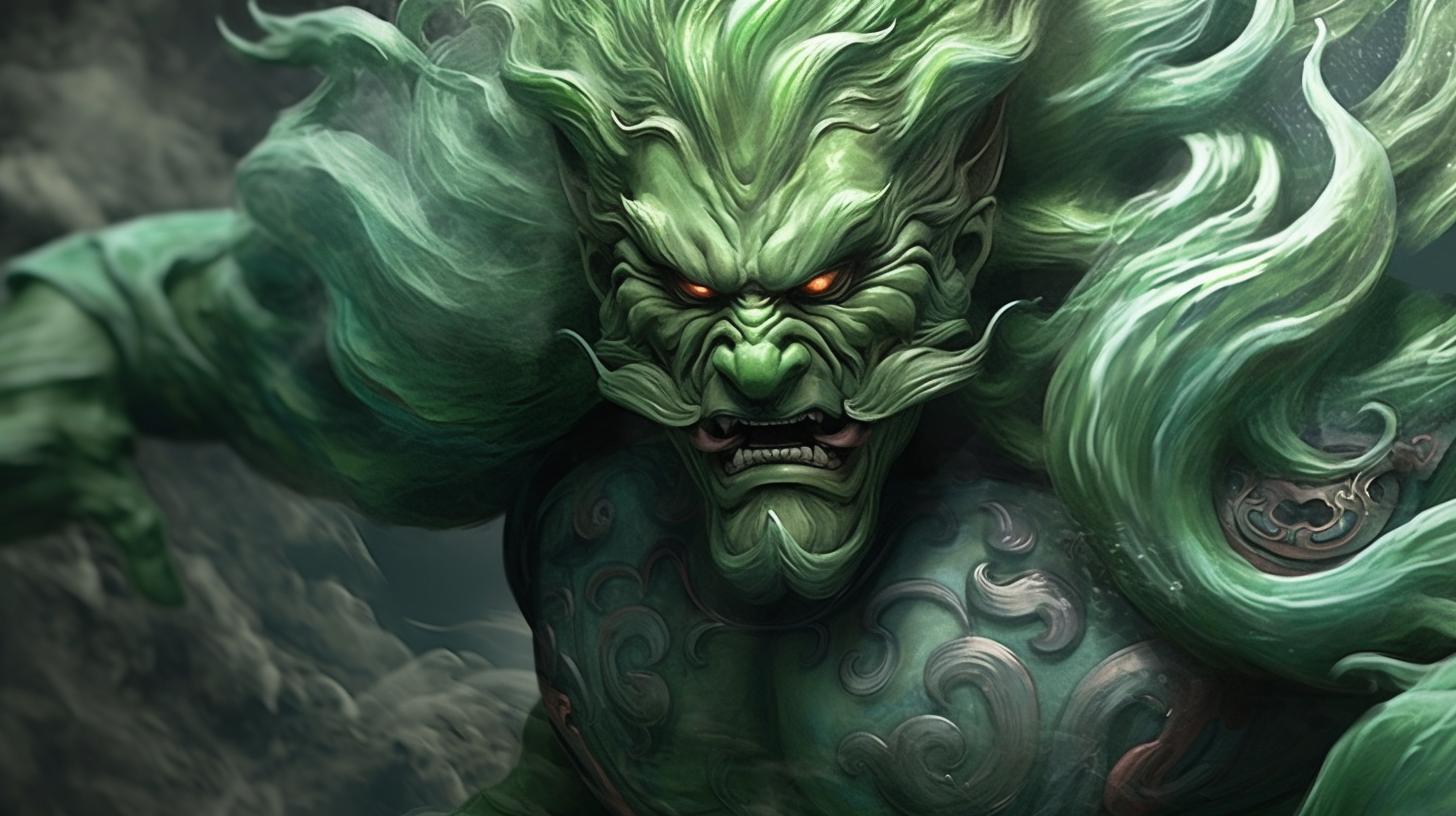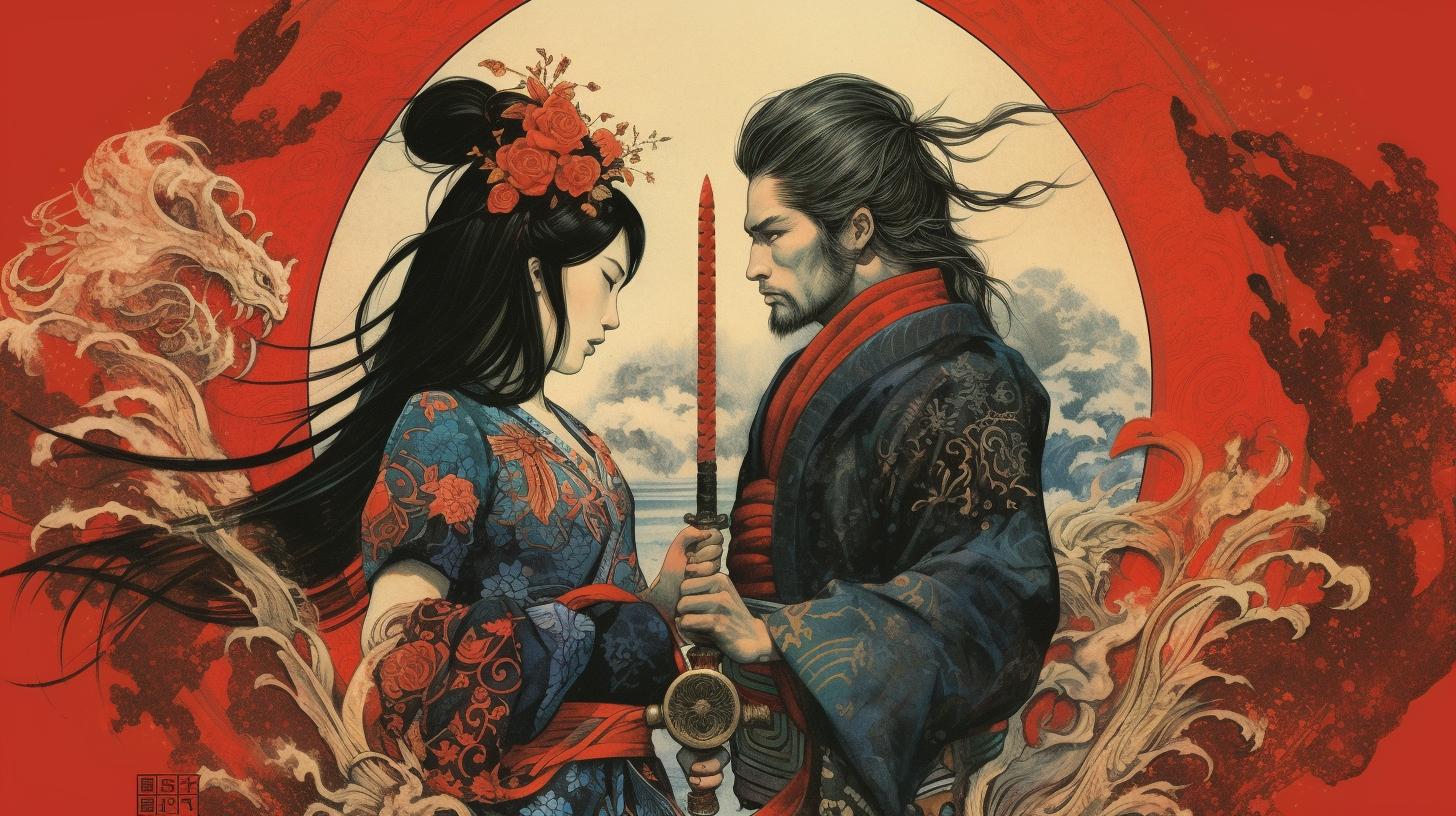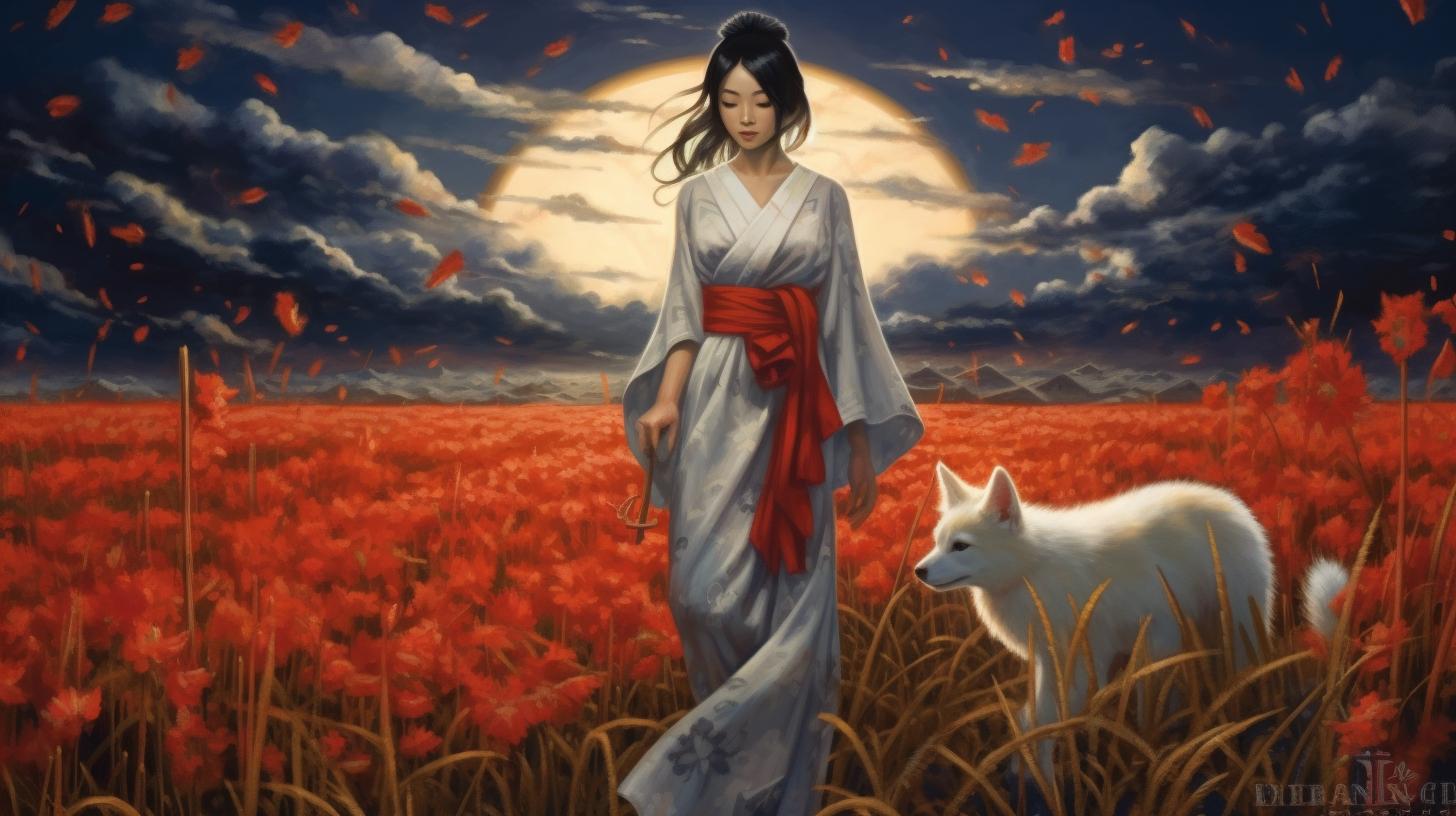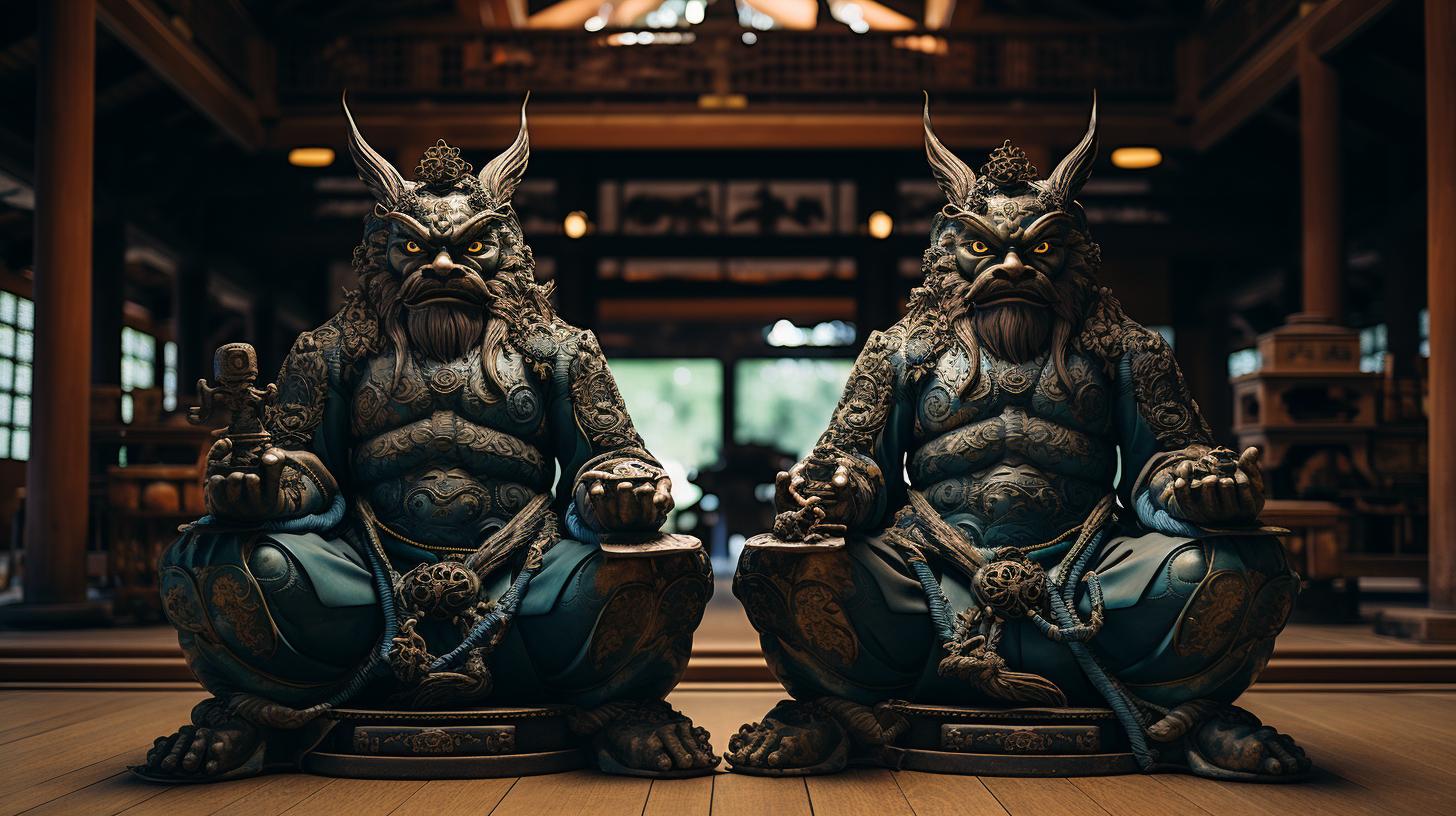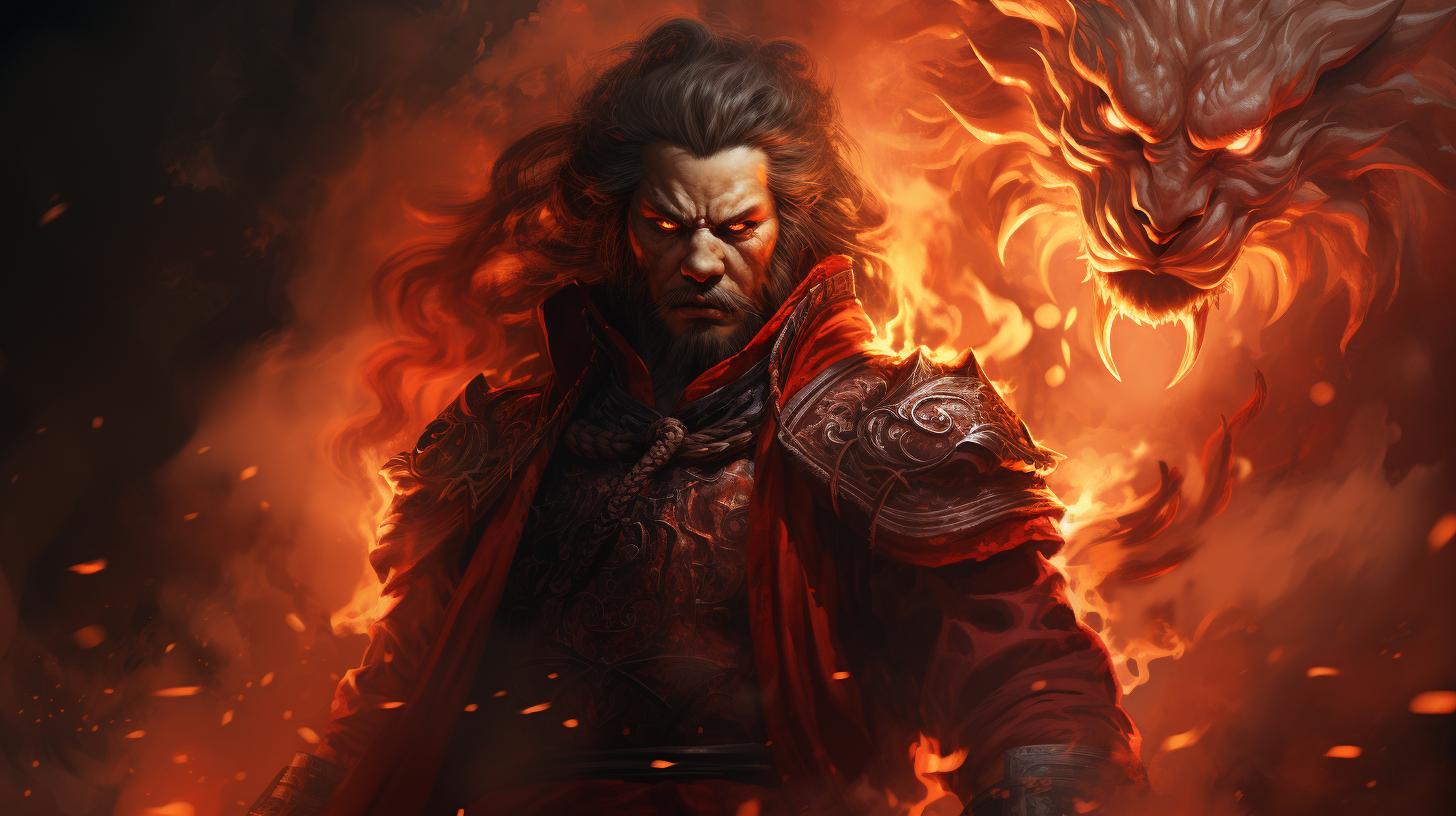Goddess Amaterasu: The Highest deity of Japanese Mythology
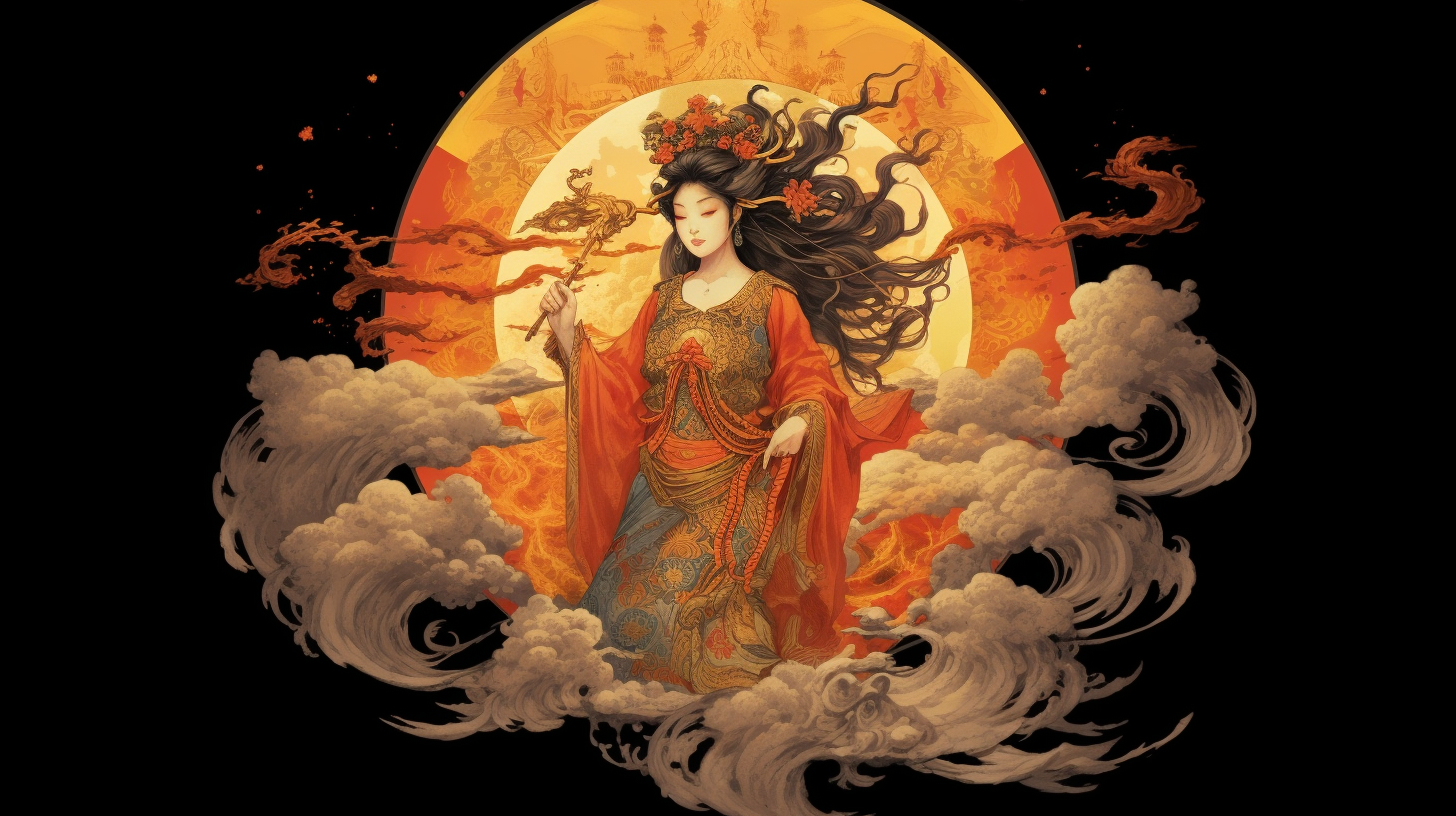
Amaterasu is the primary deity of the Shinto religion in Japanese mythology, revered as the goddess of the sun, universe, and creation itself, and considered the highest manifestation of the spirit of the universe.
The Birth of Amaterasu.
Amaterasu was born from the left eye of her father, Izanagi, when he purified himself after visiting the underworld. Her birth gave her the unique status of being the only deity born from Izanagi alone.
The story of her birth is significant because it represents a new beginning in the Shinto religion.
The Importance of Amaterasu to the Imperial Family.
Amaterasu is highly revered in the Japanese Imperial Family as a symbol of divine right to rule. It was believed that the survival of the imperial family depended on the blessing of Amaterasu.
Amaterasu’s Rule over the Higher Celestial Plane.
Amaterasu is also known for her role as the ruler of the Higher Celestial Plane. In this realm, she was responsible for bringing light to the world through the sun that she embodied.
Her position in this realm also represents her connection to the universe and its creation.
The birth, importance to the Imperial Family, and rule over the Higher Celestial Plane of Amaterasu are significant elements in her mythology and worship in the Shinto religion. Her story represents the beginning of a new era and the legitimization of the Japanese imperial family.
Her importance as the embodiment of the sun and universe represents the connection between the world and the divine in Japanese culture and history.
The Provocation of Amaterasu and Her Retreat into a Cave.
Susanoo’s Provocation of Amaterasu.
According to the legend, Susanoo, the brother of Amaterasu, became envious of her position as the ruler of the Higher Celestial Plane and sought to prove his own worth. In his arrogance, he first destroyed the rice fields and irrigation channels to vex his sister.
He then went on to hunt the sacred horses known as the shimagahara without permission, killing one, and then proceeding to throw the body into the hall where Amaterasu and the other deities were gathered, causing general consternation.
The World Plunged into Darkness.
Amaterasu was so offended by Susanoo’s behavior that she refused to come out from her heavenly cave, plunging the world into darkness that threatened all life.
Numerous Attempts to Lure Her Out of the Cave.
The gods of the heavens, afraid of losing their source of light, searched for ways to bring Amaterasu out of her cave. They tried using mirrors and drumming, but to no avail.
Finally, the goddess Ame-no-Uzume began a spirited dance in front of the cave, accompanied by laughter and ribaldry that intrigued the other gods and an awoken Amaterasu peered out to see what was causing the commotion.
The sight of her own radiant reflection in a mirror placed in front of the cave was enough to coax her out, thus bringing light back to the world. Although the story might seem like a simple myth today, its ramifications have been far-reaching.
The imperial regalia of Japan, the mirror, the sword, and the jewel, are believed to have been given by Amaterasu to her grandson Ninigi, the first legendary emperor of Japan. Her importance as a deity is undeniable, with her worship at Ise Grand Shrine and Amanoiwato Shrine still widely observed today.
And her association with nature, especially the sun and its life-giving properties, has made her a vital part of the mythos of Japan.
The Success of Luring Out Amaterasu.
The Role of Dance and Music.
After Amaterasu retreated into the cave, the world was plunged into darkness, causing great panic and distress. The other gods quickly realized the gravity of the situation and knew they had to do something to lure Amaterasu out and restore light.
They held a meeting, and it was decided that a great goddess named Ame-no-Uzume would perform a dance to entice Amaterasu out of the cave. Ame-no-Uzume began to dance and sing, making loud noises that echoed throughout the world.
Her energetic performance garnered the attention of some of the other gods and goddesses, who became fascinated by the spectacle. Her provocative dance was so captivating that it even attracted the attention of Amaterasu, who was curious to see what was happening outside the cave.
The Connection to Prominent Kami.
As Amaterasu peeked her head out of the cave to see what the commotion was all about, she was immediately struck by the beauty of the goddess and her performance.
As she watched, the other gods and goddesses seized the opportunity and quickly placed a mirror in front of the cave entrance.
Amaterasu’s reflection was so beautiful that she was completely taken aback by its magnificence and, as a result, emerged fully from the cave. She was eventually lured out by the charms of Ame-no-Uzume and the other gods, who celebrated her return with festivities and joy.
The Worship at the Ise Grand Shrine, Amanoiwato Shrine, and Other Places.
The success of the dance and music festival paved the way for the establishment of various shrines dedicated to worshiping Amaterasu. The most important of these shrines is the Ise Grand Shrine, located in Mie Prefecture in Japan.
The shrine is believed to enshrine the body of Amaterasu, and it is considered the holiest site for Shintoists. There are also other significant shrines that worship Amaterasu, such as the Amanoiwato Shrine and the Atsuta Shrine.
The Amanoiwato Shrine is located in the cave where Amaterasu famously hid during the story of her retreat, while the Atsuta Shrine is believed to house the sword that was passed down from Amaterasu’s grandson, Ninigi.
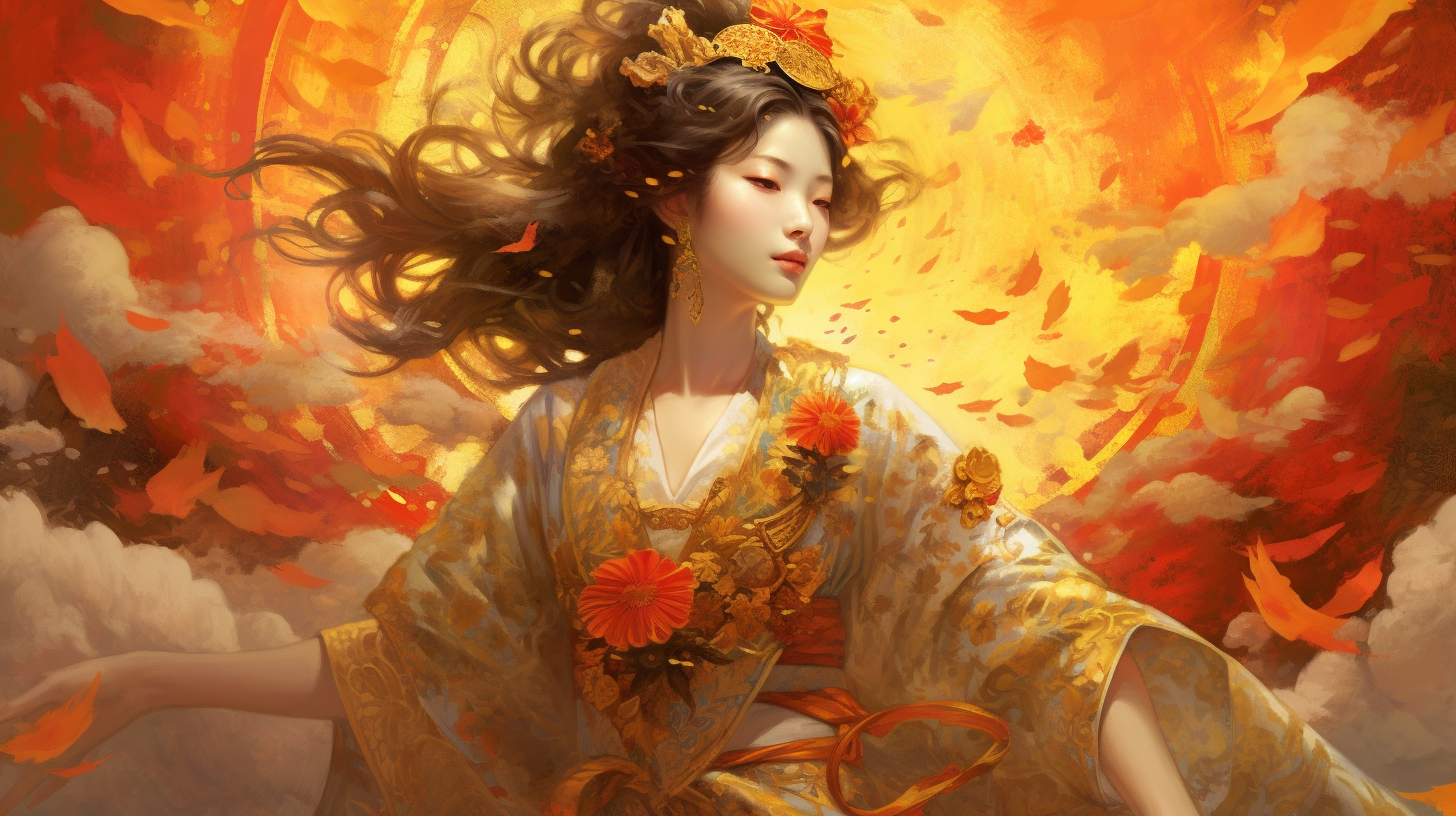
In conclusion, the success of the dance and music festival was integral in luring Amaterasu out of the cave and returning light to the world. This event played a fundamental role in the establishment of various shrines that worship her and continue to be an important part of Japanese culture and history.
The Significance of Amaterasu to Japanese History.
The Imperial Regalia of Japan Passed Down from Her Grandson Ninigi.
Amaterasu’s importance to Japanese history is evident in the imperial regalia of Japan, which have been passed down from her grandson Ninigi. These three artifacts – a mirror, a sword, and a jewel – are believed to be the symbols of the Japanese imperial family and their rule.
The mirror is said to represent wisdom, the sword bravery, and the jewel benevolence. The regalia are kept in the Tokyo Imperial Palace and only brought out for coronations and other important rituals.
Her Association with Other Elements of Nature.
Amaterasu is not only the goddess of the sun, but also holds significance in the association with other elements of nature. In Japanese mythology, she is responsible for sending forth the four winds and for creating the typhoons that are prevalent in Japan.
She is also associated with the regulation of the tides, agriculture, and rainfall. These associations with natural elements have given Amaterasu significant power in shaping the lives and culture of the Japanese people.
Her Debate on Connection to Snakes.
Amaterasu’s association with snakes is debated among scholars and followers of Japanese mythology. Some believe that she is directly connected to snakes, as they are often depicted in her worship and as a symbol of her power.
Others believe that the association is due to her role as a sun goddess, as snakes are often seen shedding their skin and renewing themselves, much like the sun is reborn each day.
Regardless of the exact nature of her connection to snakes, it is clear that Amaterasu’s power extends beyond just the sun and into the realm of animal symbolism and mythology. Overall, Amaterasu’s significance to Japanese history is undeniable.
From the imperial regalia to her association with natural elements and animals, her power and influence have shaped the culture and mythology of Japan for centuries.
The Worship of Amaterasu.
The Relationship with Other Shinto Deities.
Amaterasu is one of the most prominent deities in Shinto religion, and as such, she is closely associated with other Shinto deities. Some of the most important deities that are related to Amaterasu include her brother, Susano-o, who is the god of the sea and storms, and Takamimusubi, the god of the heavens.
Together, these deities form a powerful and interconnected group of gods and goddesses that play a central role in the Shinto belief system.
The Connection to Japanese Mythology.
The worship of Amaterasu has been an important part of Japanese mythology for centuries. The goddess is revered as the highest manifestation of the spirit of the universe, and her story is deeply intertwined with the history and culture of Japan.
Amaterasu is often associated with the creation of the universe and the natural world, and her worship is believed to bring prosperity, good fortune, and protection to those who honor her.
The Religions That Share the God.
Although Amaterasu is primarily associated with Shinto religion, her worship extends beyond Japan. In fact, several other religions and belief systems also acknowledge the power and importance of the goddess. These include Daoism, which recognizes Amaterasu as a sun goddess, and Buddhism, which has incorporated the goddess into its pantheon of deities.
Despite the differences in religious practices and beliefs, the worship of Amaterasu remains a unifying force that transcends cultural and geographical boundaries.
In summary… Amaterasu is a revered goddess in the Shinto religion, closely associated with other important deities such as Susano-o and Takamimusubi. The worship of Amaterasu is deeply connected to Japanese mythology, and her importance extends beyond Japan to other religions such as Daoism and Buddhism.
Through her worship, people seek prosperity, good fortune, and protection, making her a unifying force that transcends cultural and geographical boundaries.
Amaterasu’s Role in Modern Japan.
The Interpretation of Amaterasu in Modern Japan.
In modern Japan, the interpretation of Amaterasu has evolved to represent many different things. For some, she is seen as a symbol of national pride, representing the divine origins of the Japanese imperial family and the country itself.
For others, she represents the power and beauty of nature, inspiring ecological movements and promoting respect for the environment. The interpretation of Amaterasu continues to evolve and change with the times, reflecting the different values and beliefs of modern Japanese society.
The Significance of Amaterasu in Japanese Culture.
Amaterasu’s importance in Japanese culture cannot be overstated. From her role as the highest deity in Shinto mythology to her association with the imperial regalia of Japan, she has been a central figure in the country’s history and culture for centuries.
She continues to play a prominent role in Japanese religious practices, and several important shrines are dedicated to her worship. Her presence is also felt in art, literature, and popular culture, where she is often depicted as a powerful and beautiful figure.
The Contemporary Worship of Amaterasu in Japan.
Despite Japan’s rapidly changing society, the worship of Amaterasu remains an important part of many people’s lives. While the number of Shinto practitioners has declined in recent years, many still make the pilgrimage to the Ise Grand Shrine and other important shrines dedicated to Amaterasu.
Her worship is also observed through festivals and other cultural practices, and her image is often invoked by businesses and political leaders seeking to connect with Japanese traditions and values. Overall, Amaterasu’s enduring legacy continues to play a vital role in shaping contemporary Japanese culture and identity.

